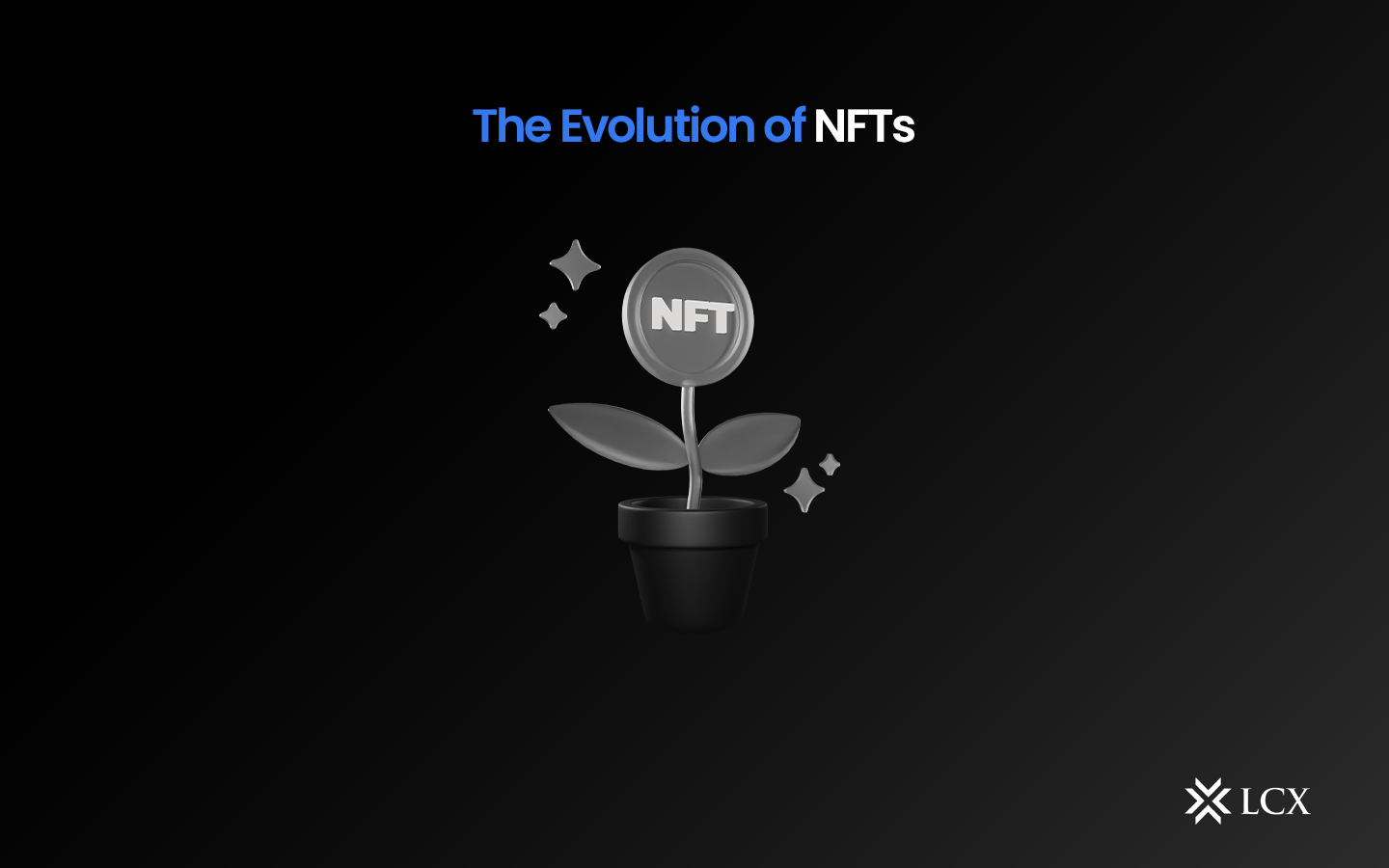The History and Evolution of NFTs

- Understanding the Origins of NFTs
- Exploring the Rise of NFTs in the Digital Art World
- The Technological Innovations Behind NFTs
- Challenges and Controversies in the NFT Market
- NFTs Beyond Art: Applications in Gaming and Collectibles
- The Future of NFTs: Trends and Predictions
Understanding the Origins of NFTs
NFTs, or non-fungible tokens, have gained significant popularity in recent years as a unique form of digital asset. To understand the origins of NFTs, we must look back to 2012 when the concept was first introduced with the creation of the Colored Coins protocol on the Bitcoin blockchain. This protocol allowed users to issue custom tokens representing assets other than Bitcoin, laying the groundwork for the development of NFTs.
The true breakthrough for NFTs came in 2017 with the launch of CryptoKitties, a blockchain-based game that allowed users to buy, sell, and breed virtual cats. Each CryptoKitty was a unique digital asset represented by an NFT, making them one of the first mainstream use cases for the technology. This game brought NFTs to the attention of a wider audience and sparked a wave of interest in the space.
Since then, NFTs have continued to evolve and expand into various industries, including art, music, and collectibles. Artists and creators have embraced NFTs as a new way to monetize their work and engage with fans. The ability to prove ownership and authenticity through blockchain technology has made NFTs a valuable tool for creators looking to protect their intellectual property rights.
Overall, the origins of NFTs can be traced back to the early experiments with tokenization on the blockchain and the innovative projects that pushed the technology forward. As NFTs continue to gain traction and mainstream adoption, it will be fascinating to see how this technology continues to shape the digital economy and revolutionize the way we buy, sell, and interact with digital assets.
Exploring the Rise of NFTs in the Digital Art World
The rise of NFTs in the digital art world has been a game-changer for artists and collectors alike. NFTs, or non-fungible tokens, have revolutionized the way digital art is bought and sold, providing a secure and transparent way to verify ownership and authenticity.
One of the key factors driving the popularity of NFTs is their ability to create scarcity in the digital art market. By tokenizing digital artworks, artists can limit the number of copies available, making each piece unique and valuable.
Another reason for the rise of NFTs in the digital art world is the increased interest in blockchain technology. NFTs are built on blockchain, a decentralized and secure digital ledger that ensures the provenance and ownership of digital assets.
As more artists and collectors embrace NFTs, the digital art world is experiencing a shift towards a more inclusive and accessible market. NFTs allow artists to reach a global audience and connect directly with collectors, bypassing traditional gatekeepers and intermediaries.
Overall, the rise of NFTs in the digital art world represents a new era of creativity and innovation, where artists can explore new ways to create, share, and monetize their work. With the continued growth of NFTs, the future of digital art looks brighter than ever.
The Technological Innovations Behind NFTs
The rise of NFTs can be attributed to several technological innovations that have revolutionized the way digital assets are bought, sold, and authenticated. One of the key technologies behind NFTs is blockchain, a decentralized and secure digital ledger that records transactions in a transparent and immutable manner. This technology ensures that each NFT is unique and cannot be replicated or tampered with, providing a level of authenticity and scarcity that was previously impossible to achieve in the digital realm.
Another important technological innovation behind NFTs is smart contracts, which are self-executing contracts with the terms of the agreement directly written into code. Smart contracts enable NFTs to be bought, sold, and transferred automatically without the need for intermediaries, reducing transaction costs and increasing efficiency. This technology also allows for royalties to be automatically paid to creators whenever their NFTs are resold, providing artists with a new revenue stream that was previously unavailable in the traditional art market.
Additionally, the use of decentralized storage systems such as IPFS (InterPlanetary File System) ensures that the digital assets associated with NFTs are stored in a distributed and censorship-resistant manner. This not only protects the integrity of the assets but also ensures that they can be accessed and verified by anyone, anywhere in the world. By leveraging these cutting-edge technologies, NFTs have emerged as a groundbreaking innovation that is reshaping the way we think about ownership, authenticity, and value in the digital age.
Challenges and Controversies in the NFT Market
As the NFT market continues to grow rapidly, it is not without its challenges and controversies. One of the main issues facing the NFT market is the environmental impact of minting and trading non-fungible tokens. The process of creating NFTs requires a significant amount of energy, leading to concerns about the carbon footprint of the industry. This has sparked debates about the sustainability of NFTs and has prompted some artists and collectors to seek out more eco-friendly alternatives.
Another challenge in the NFT market is the issue of copyright infringement. Due to the decentralized nature of blockchain technology, it can be difficult to verify the authenticity of digital assets and ensure that they are not stolen or plagiarized. This has led to disputes over ownership rights and has raised questions about the legal protections available to NFT creators and buyers.
Furthermore, the NFT market has been criticized for its lack of regulation and oversight. With the rise of scams and fraudulent activities in the space, there are concerns about investor protection and the need for greater transparency. Some experts argue that the NFT market is in need of stricter guidelines and enforcement mechanisms to prevent exploitation and ensure fair practices.
NFTs Beyond Art: Applications in Gaming and Collectibles
NFTs have expanded beyond the realm of art and are now making a significant impact in the gaming and collectibles industries. These unique digital assets are revolutionizing the way gamers interact with in-game items and collectibles, offering a new level of ownership and authenticity.
One of the key applications of NFTs in gaming is the ability to tokenize in-game assets, such as skins, weapons, and characters. By creating these assets as NFTs, players can truly own and trade them outside of the game environment. This opens up a whole new world of possibilities for gamers, allowing them to monetize their gaming experience and create a new economy around virtual items.
Furthermore, NFTs are also being used in the world of collectibles, where they are transforming the way people buy, sell, and trade rare and unique items. Collectors can now own digital representations of rare physical items, such as trading cards, artwork, and memorabilia, all secured on the blockchain for provenance and authenticity.
Overall, the applications of NFTs in gaming and collectibles are vast and continue to evolve as the technology matures. As more industries recognize the potential of NFTs, we can expect to see even more innovative use cases emerge in the future.
The Future of NFTs: Trends and Predictions
The future of NFTs is an exciting topic that is generating a lot of interest in the digital art world. As the popularity of NFTs continues to grow, there are several trends and predictions that experts are making about where this technology is headed.
- Increased mainstream adoption: One of the key trends that we are seeing is the increased mainstream adoption of NFTs. More and more artists, musicians, and other creators are turning to NFTs as a way to monetize their work and connect with their fans.
- Integration with social media platforms: Another trend that we are seeing is the integration of NFTs with social media platforms. This allows creators to easily share their NFTs with their followers and reach a wider audience.
- Emergence of new marketplaces: As the demand for NFTs continues to grow, we are also seeing the emergence of new marketplaces that are dedicated to buying and selling digital assets. These marketplaces are making it easier for both creators and collectors to participate in the NFT space.
- Increased focus on sustainability: With concerns about the environmental impact of NFTs, there is a growing trend towards more sustainable practices in the industry. This includes the development of eco-friendly blockchain solutions and the offsetting of carbon emissions.
- Expansion into new industries: NFTs are not just limited to the art world – we are also seeing them being used in industries such as gaming, real estate, and even sports. This expansion into new industries is opening up new opportunities for creators and collectors alike.
Overall, the future of NFTs looks bright, with continued growth and innovation on the horizon. As the technology continues to evolve, we can expect to see even more exciting developments in the world of digital assets.



